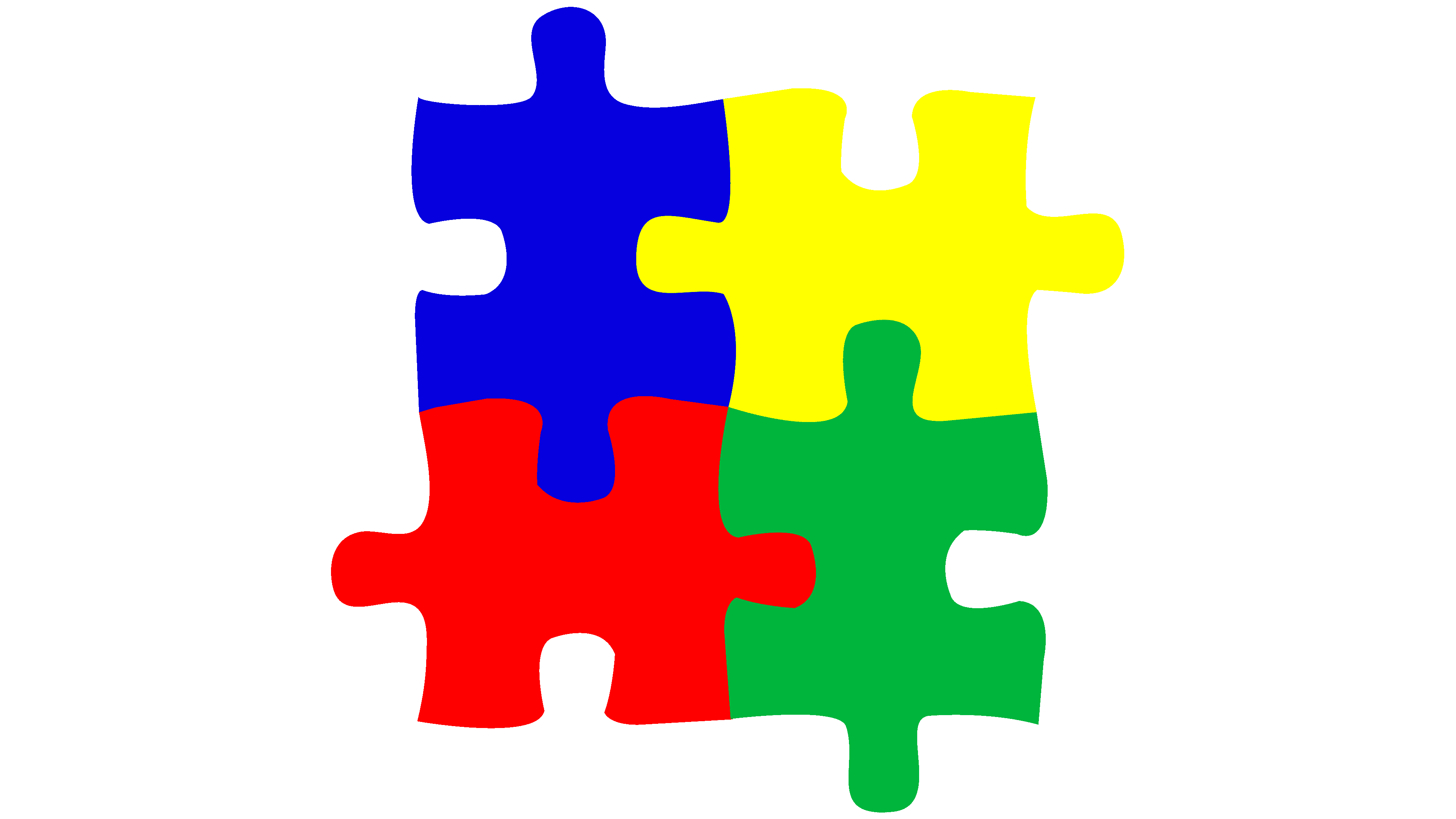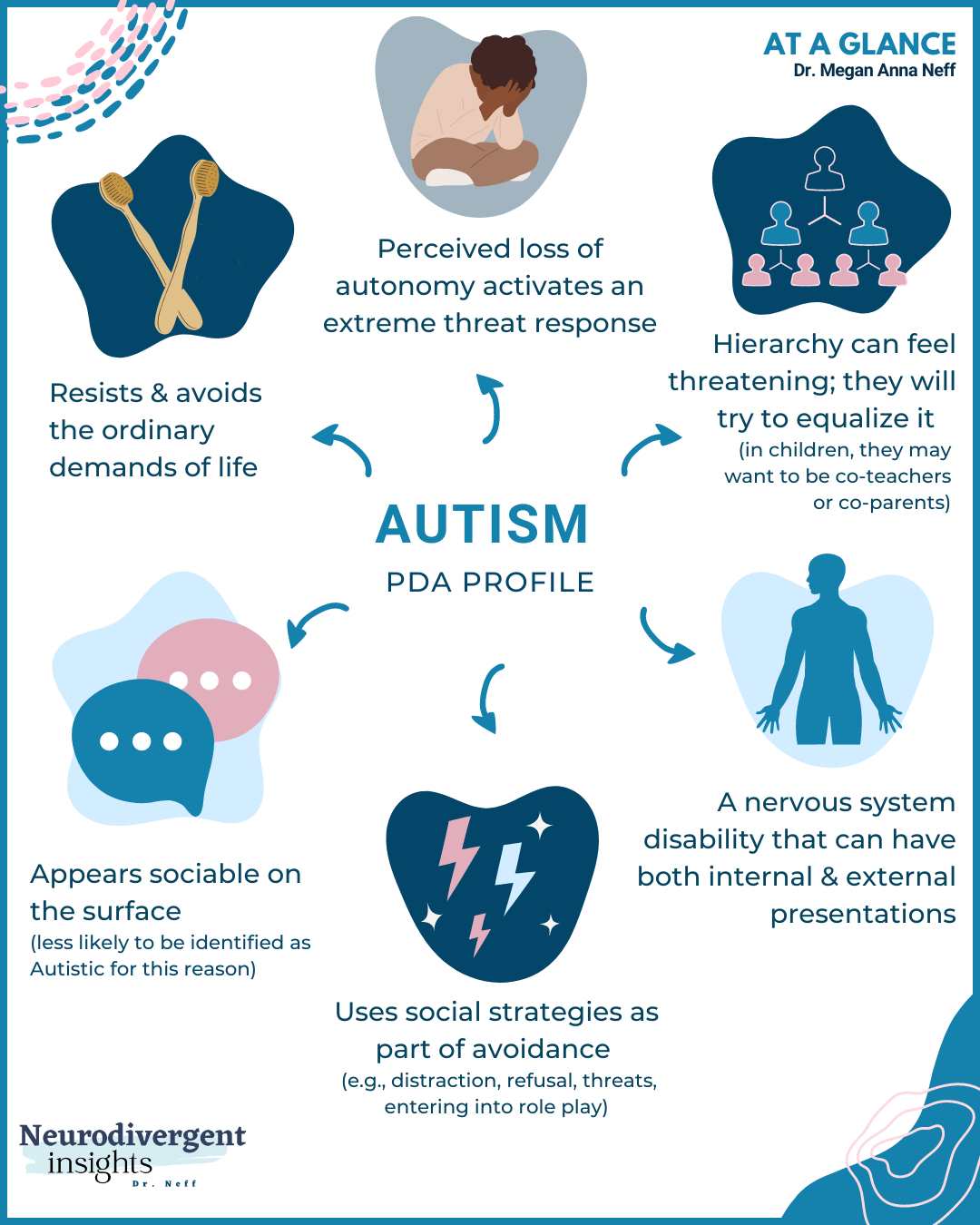The Importance of Household Assistance in the Journey with Autism
Wiki Article
Checking Out Autism: Methods for Reliable Interaction and Communication
Effective interaction and interaction with people on the autism spectrum demand an extensive understanding of their unique demands and preferences. The details of these methods disclose additional factors to consider that merit expedition, particularly in just how they can be adapted to varied contexts and private experiences.Comprehending Autism Range Condition
Autism Range Disorder (ASD) includes an array of neurodevelopmental conditions defined by challenges in social interaction, interaction, and repetitive habits. The term "range" mirrors the diverse symptoms and differing levels of seriousness experienced by people with ASD. While some might exhibit considerable problems, others may show high-functioning attributes, allowing for higher freedom in day-to-day live.The onset of ASD normally takes place in early youth, with indications usually recognizable by age two. Early signs might consist of postponed speech development, limited eye get in touch with, and problems in recognizing social signs. The accurate etiology of ASD remains unclear, research suggests a combination of environmental and genetic factors plays an essential role in its development.
Individuals with ASD frequently possess unique toughness, such as enhanced focus to information and phenomenal memory abilities. They might have a hard time with understanding abstract concepts and managing adjustments to regular - autism. As an outcome, interventions and support customized to specific requirements are necessary for promoting communication and social abilities. Acknowledging the complexity of ASD is vital for advertising understanding, acceptance, and reliable techniques that facilitate purposeful communications with individuals on the range.

Relevance of Clear Interaction
Efficient communication is vital for cultivating understanding and link, especially for individuals with Autism Range Condition (ASD) Clear communication not just promotes social communications but additionally boosts the individual's ability to share their thoughts, feelings, and requirements. For people with ASD, the nuances of language can usually be challenging; therefore, making use of unambiguous and uncomplicated language is necessary.Furthermore, clear interaction helps lower disappointment and anxiety that might arise from misconceptions. When messages are conveyed in a constant and straight manner, people with ASD are much better equipped to translate details precisely, which can considerably enhance their social interaction and involvement in various setups.
Establishing routines and making use of visual supports can better bolster clear interaction. These approaches offer people with foreseeable frameworks that help understanding and retention of details. Additionally, actively being and listening client throughout communications promotes a supportive atmosphere where people with ASD really feel valued and understood.
Ultimately, prioritizing clear interaction not just encourages individuals with ASD but likewise promotes even more purposeful links with their peers, caregivers, and the wider community, paving the method for joint relationships and inclusive interactions. - autism
Non-Verbal Communication Techniques
Communication extends beyond words, and for individuals with Autism Spectrum Disorder (ASD), non-verbal cues play a significant role in interactions. Non-verbal communication techniques can consist of face expressions, motions, body movement, and eye call, every one of which work as crucial elements for communicating emotions and objectives.Recognizing and analyzing these non-verbal signals can boost communications with individuals with ASD. As an example, a warm smile or open posture can develop an inviting environment, motivating engagement. Utilizing visual help-- such as photo cards or symbols-- can link interaction spaces and help share messages extra successfully.
It is additionally important to be mindful of individual area, as individuals with ASD might have different convenience levels concerning closeness. Observing their responses to physical closeness can educate suitable changes.

Producing Supportive Environments
Developing a helpful atmosphere is essential for fostering favorable interactions and boosting the wellness of individuals with Autism Range Disorder (ASD) Such settings can considerably reduce anxiousness and develop a sense of safety, enabling individuals to share themselves much more openly.To accomplish this, it is vital to take into consideration sensory sensitivities that people with ASD may experience. Changing the physical space to consist of soft lighting, very little background noise, and comfy seating can produce a relaxing environment. In addition, using regular routines and clear visual timetables can help individuals prepare for transitions and minimize unpredictability, further advertising comfort.
Social areas need to be structured to minimize frustrating stimulations while providing chances for involvement in preferred activities. Promoting areas assigned for silent time can additionally function as a sanctuary throughout minutes of stress. Importantly, integrating components of selection empowers individuals, enabling them to work out company in their setting.

Encouraging Social Interactions
Cultivating social interactions among individuals with Autism Range Condition (ASD) requires intentional methods that prioritize convenience and involvement. Establishing foreseeable routines can assist reduce stress and anxiety, making social setups much more friendly. Developing structured atmospheres with specified roles and duties permits people to engage without the overwhelming stress of disorganized social dynamics.Incorporating passions and staminas right into social tasks can function as a catalyst for interaction. Organizing group activities around shared pastimes or subjects of attraction can promote all-natural conversations and connections. Additionally, using visual supports, such as social manuscripts or pictorial routines, can help in recognizing social signs and assumptions.
Designing ideal social actions is essential - autism. Peers and adults ought to demonstrate effective communication techniques, including energetic listening and turn-taking. Role-playing circumstances can additionally give a secure room for people to exercise these skills
Finally, fostering peer relationships through comprehensive techniques is crucial. Urging comprehensive playdates or group outings can create possibilities for this article socializing in a comfortable setting. By implementing these techniques, educators and caretakers can considerably enhance social communications for individuals with ASD, advertising their general social advancement and health.
Verdict
Finally, reliable communication and communication techniques are crucial for supporting original site people with Autism Spectrum Condition. Emphasizing clear language, integrating non-verbal signs, and establishing foreseeable routines considerably improve involvement and lower anxiousness. Creating encouraging environments fosters risk-free social communications, while motivating shared passions helps with significant links. Ultimately, these methods encourage individuals with autism to navigate social landscapes, promoting their total health and enabling the advancement of long-term relationships.Efficient interaction and interaction with individuals on the autism spectrum necessitate an extensive understanding of their special needs and choices. Clear interaction not just assists in social communications however likewise improves the individual's capability to express their requirements, thoughts, and emotions.Cultivating social communications among individuals with Autism Range Problem (ASD) needs deliberate methods that prioritize comfort and involvement. By applying these caregivers, educators and approaches can dramatically improve social interactions visit this page for people with ASD, promoting their overall social growth and wellness.
In conclusion, reliable communication and communication methods are important for sustaining individuals with Autism Range Condition.
Report this wiki page